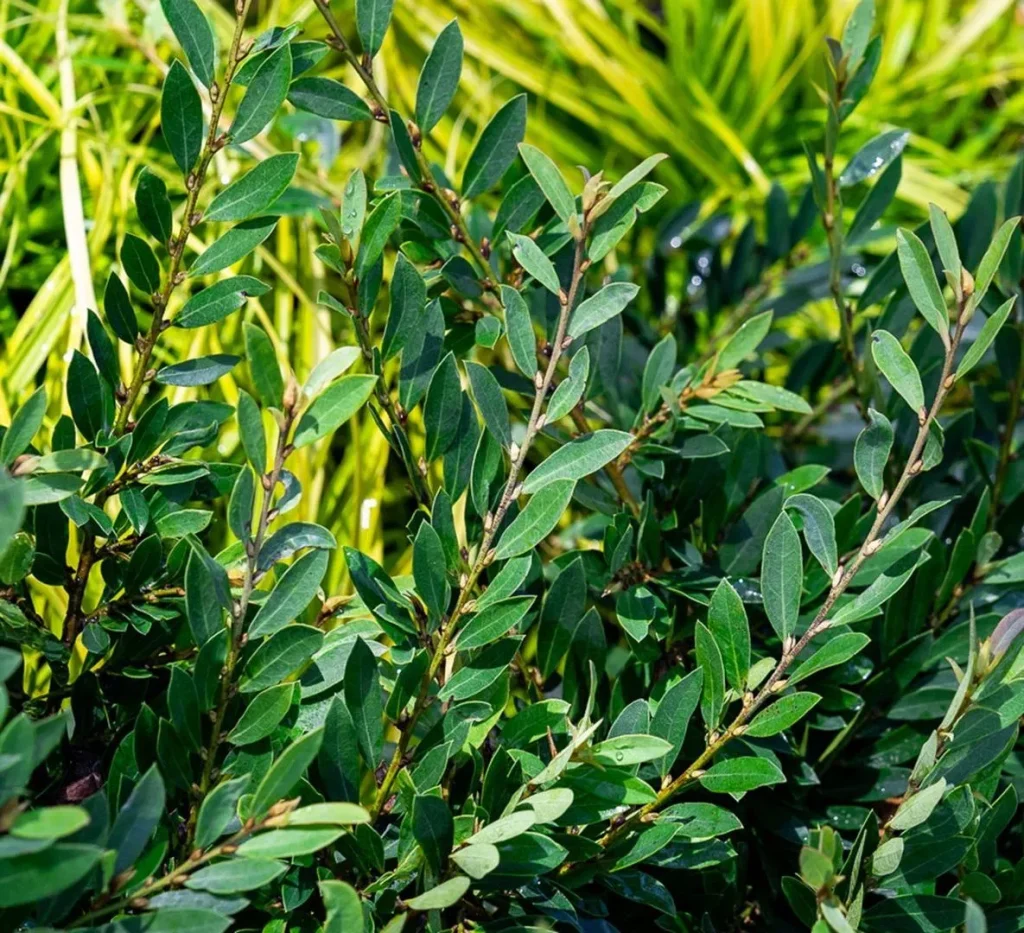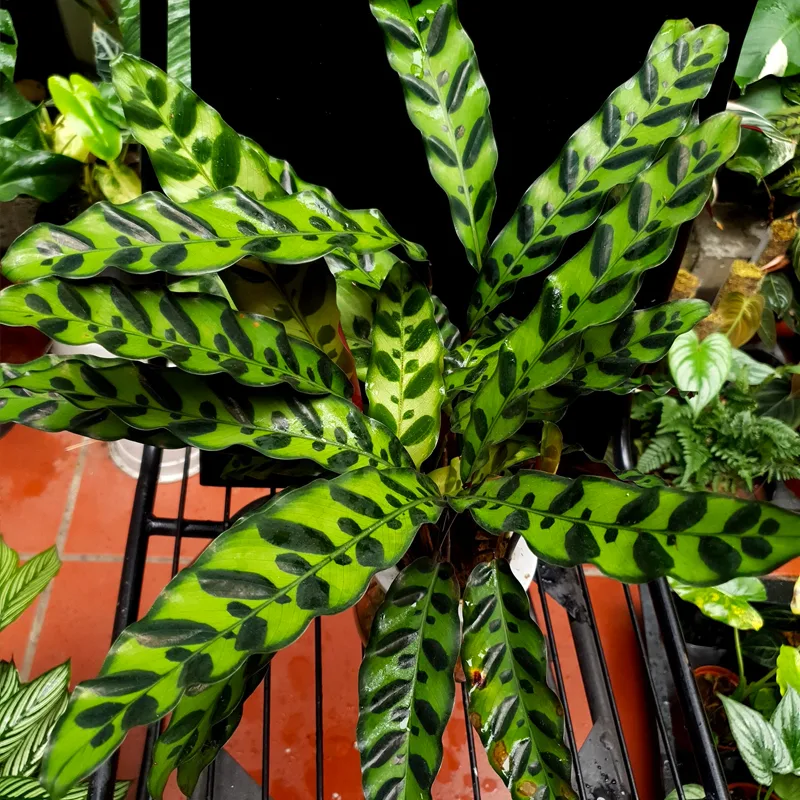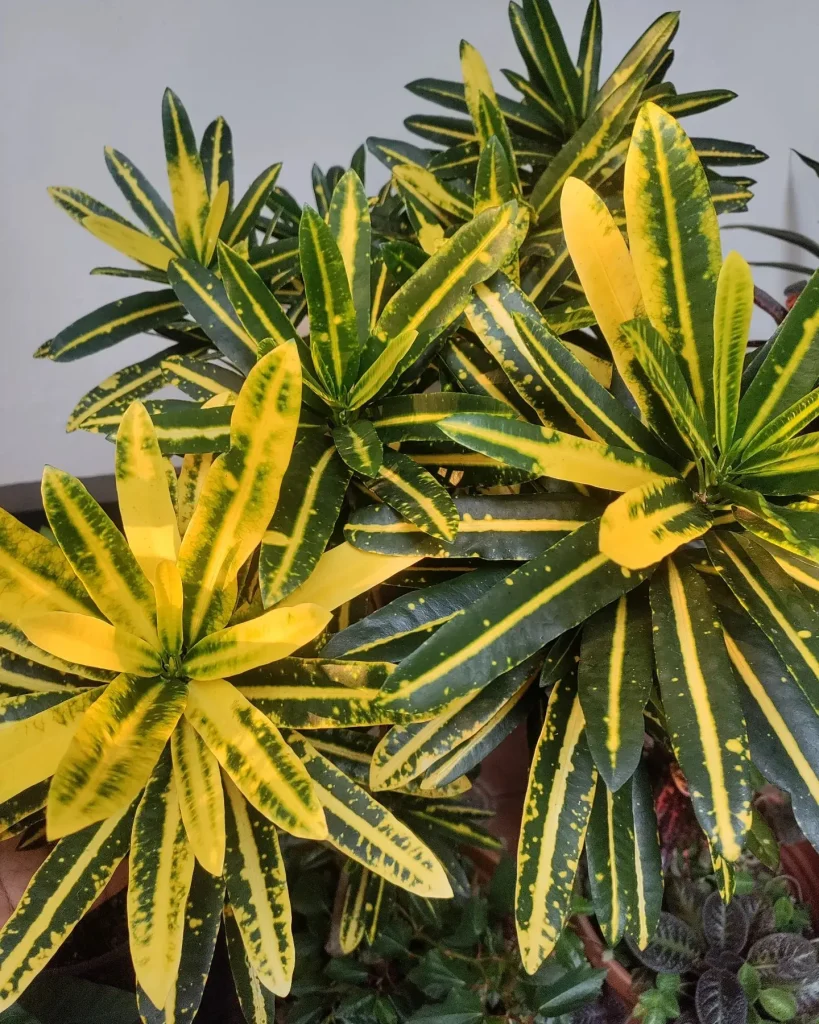Exploring the Myodocarpaceae Family: Delarbrea and Myodocarpus
When it comes to the rich tapestry of plant families, few are as fascinating as the Myodocarpaceae family. This relatively lesser-known family comprises two distinct genera: Delarbrea and Myodocarpus. My journey into understanding this family has been enlightening, revealing not just their unique characteristics but also their ecological significance and potential uses. Let’s delve deeper into the intricacies of Myodocarpaceae and discover what makes these genera stand out.
A Glimpse into Myodocarpaceae
The Myodocarpaceae family is primarily found in the tropical regions of Australia and New Guinea. It is comprised of a few genera, but I have focused my attention on Delarbrea and Myodocarpus due to their distinct features and adaptations.
What fascinates me about this family is its ecological role. Plants in this family often thrive in specific niches, showcasing a remarkable adaptation to their environment. As I learned more about them, I found it interesting that these plants contribute significantly to their ecosystems, providing habitats for various organisms and helping maintain biodiversity.
Delarbrea: The Unique Characteristics
Delarbrea is a genus that has captivated my interest. It comprises a few species, and what stands out to me is their morphological diversity. The leaves are typically broad and glossy, often presenting a vibrant green hue that catches the eye. As I examined these plants, I noticed that their leaves are not just beautiful but also functional.
One of the striking features of Delarbrea is its flowering pattern. The flowers are often small but densely packed, forming inflorescences that create a stunning display. This visual appeal is not just for aesthetics; it plays a crucial role in attracting pollinators, which are essential for the plant’s reproductive success.
I also found that Delarbrea has a unique resilience. In their natural habitat, they face various environmental pressures, from fluctuating temperatures to drought. Yet, they manage to adapt, showcasing a remarkable ability to survive and thrive. This adaptability is something I find truly inspiring, reflecting the resilience of nature.
Myodocarpus: The Heart of the Family
Moving on to Myodocarpus, I have come to appreciate its significance within the Myodocarpaceae family. This genus consists of several species, each exhibiting a range of characteristics. The trees often grow in dense forests, providing critical habitats for wildlife. Their tall stature allows them to reach heights that help create a multi-layered forest structure, promoting biodiversity.
One aspect of Myodocarpus that stands out is its fruit. The fruits are usually fleshy, attracting various animals that aid in seed dispersal. This mutualistic relationship highlights the interconnectedness of ecosystems, which I find intriguing. The more I learned about these trees, the more I realized their importance in maintaining ecological balance.
Ecological Significance
Both Delarbrea and Myodocarpus play crucial roles in their ecosystems. They contribute to soil health through leaf litter, which provides nutrients as it decomposes. This process fosters a healthy habitat for other plants and organisms, creating a cycle of life that is vital for ecological sustainability.
Moreover, these plants serve as food sources for various herbivores, further integrating them into the food web. Observing these interactions in nature deepens my understanding of how interconnected our ecosystems are, reinforcing the importance of conserving such unique plant families.
Potential Uses of Myodocarpaceae
As I explored the potential uses of the Myodocarpaceae family, I found that both Delarbrea and Myodocarpus offer opportunities for sustainable practices. For instance, their wood is known for being durable, making it suitable for construction and furniture. This durability, coupled with their aesthetic appeal, positions them as attractive options for sustainable forestry.
Furthermore, there is growing interest in studying the chemical properties of these plants. Some species are believed to possess medicinal properties, which could be harnessed for natural remedies. The potential for discovering new medicines within these plants excites me, as it showcases the untapped treasures of nature.
Conclusion: Embracing the Myodocarpaceae Family
In conclusion, my exploration of the Myodocarpaceae family has been a journey of discovery. Delarbrea and Myodocarpus, with their unique adaptations and ecological roles, remind us of the beauty and complexity of the natural world. Their significance extends beyond aesthetics; they are integral to maintaining biodiversity and ecological balance.
As I continue to learn about these plants, I am inspired by their resilience and adaptability. The more we understand about families like Myodocarpaceae, the more we can appreciate the delicate interplay of life on Earth. Conservation efforts are essential to protect these unique species and their habitats, ensuring that future generations can also marvel at their beauty and importance.
If i die, water my plants!



